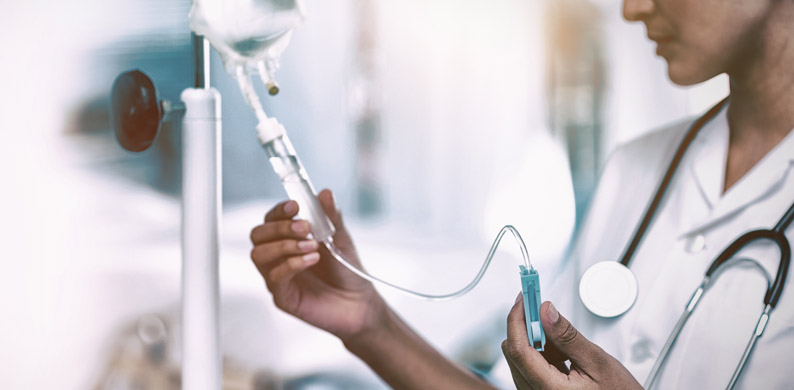
The world is in the grip of a pandemic caused by a microscopic virus. Knowing the facts might make the difference in spread or even survival.
Covid-19 (coronavirus) Facts
- It IS NOT a living organism, so cannot be ‘killed’. This renders antibiotics pointless
- It IS in fact a molecule of protein, covered in a protective layer of fat (lipid)
- It CANNOT be absorbed through healthy skin
- It IS absorbed by mucosa cells, which it changes genetically to become aggressor and multiplier cells
- It decays over time, depending on:
- Temperature – it prefers cold
- Humidity – it prefers high
- Surface material is it on
Spread
The Covid-19 virus decays and disintegrates at different rates on different surfaces:
- Fabrics and porous surfaces: ~3 hours
- Wood and copper: ~4 hours
- Cardboard: ~24 hours
- Metals: ~42 hours
- Plastic: ~72 hours
Destruction
As the virus relies on only its protective lipid layer, it is easily destroyed by:
- Any soap or detergent: be sure to form a good lather, to dissolve the fat
- Heat: use water above 25°C (77 F) for washing anything, where possible
- Alcohol: concentrations above 65% dissolve fats
Note: regular spirits will not work, as the ABV is not high enough
- Water and bleach (5:1) dissolves the protein
- Vinegar does not work, as it does not dissolve fats
- UV light kills the virus, but also damages skin
Best Practise
- Do not shake fabrics, as the virus can be dislodged and stay in the air for hours
- Do not use air-conditioning, where possible. Keep room temperatures above 21C
- Encourage open spaces and airflow, and reducing moisture in the air
- Wash your hands, forming a strong lather, after touching surfaces, and before and after using the bathroom. Moisturise skin dried from washing, as the virus can survive in tiny cracks
- Keep fingernails short